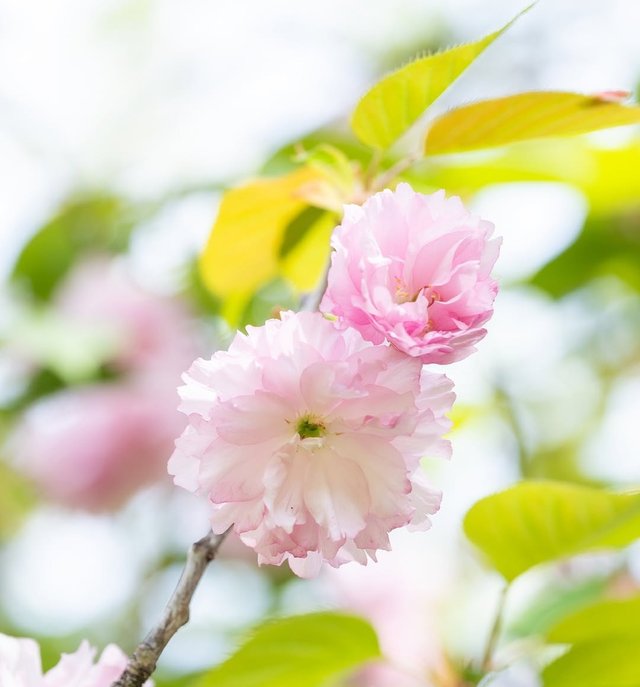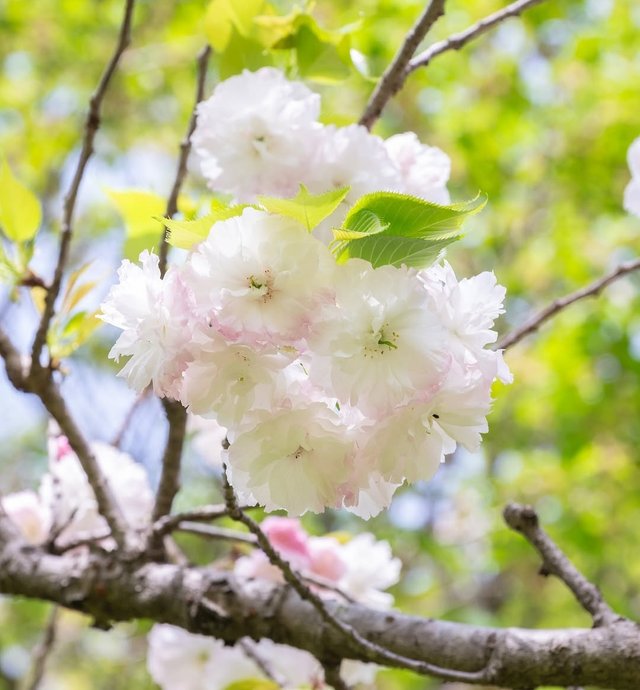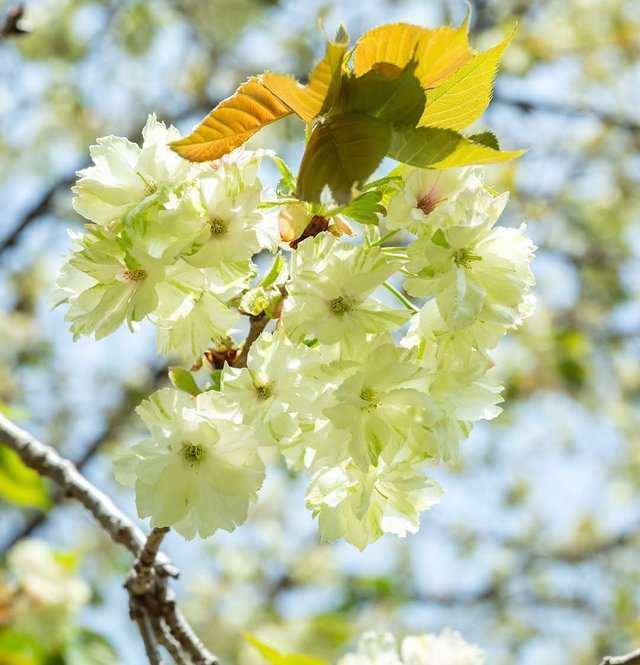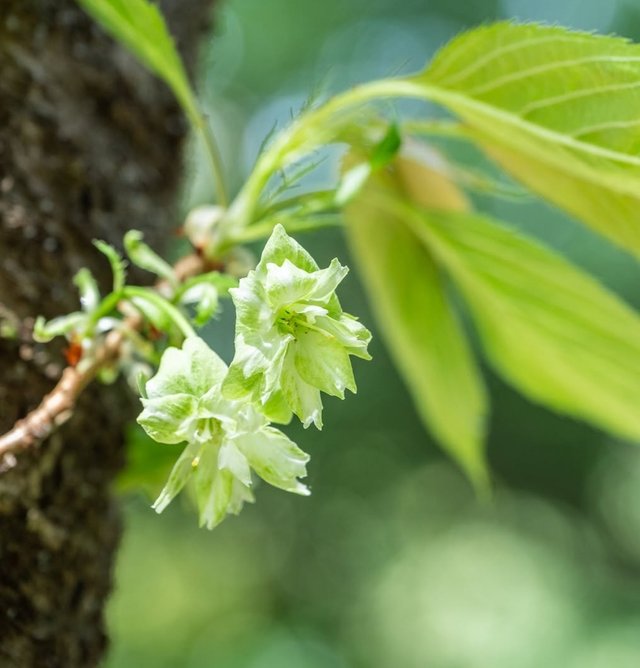The Ephemeral Magic of Cherry Blossoms
There is something almost otherworldly about cherry blossoms. Each year, for a brief but breathtaking moment, these delicate flowers transform entire landscapes into scenes that feel like they’ve been pulled from a dream. Streets, parks, and riverbanks explode in clouds of soft pink and white, creating a spectacle that draws millions of people outside to simply look up and feel wonder.
Cherry blossoms, or sakura as they are known in Japan, are more than just beautiful flowers. They’re a powerful cultural symbol—a reminder of life’s fleeting nature, and the importance of savoring the present. In Japanese culture, this idea is captured in the concept of mono no aware, a gentle sadness or awareness of the impermanence of things. The blossoms bloom gloriously, then fall softly to the ground in a matter of days, teaching us that nothing lasts forever, and that there is beauty in that impermanence.
The tradition of hanami—flower viewing—has existed in Japan for over a thousand years. Originally enjoyed by the imperial court, it evolved into a national celebration where families, friends, and strangers gather under the cherry trees to eat, drink, sing, and admire the view. The moment is about more than just looking at flowers. It’s about connection—to nature, to each other, and to the fleeting beauty of life.
In many parts of the world, cherry blossom festivals have become an eagerly anticipated event. From Washington D.C.’s iconic Tidal Basin to South Korea’s Jinhae Festival, and across Europe and China, people travel from far and wide to witness the short-lived spectacle. Photographers race against time to capture the perfect shot, while poets and writers try to express the quiet emotions that the blossoms stir within us.




%20(10).jpeg)